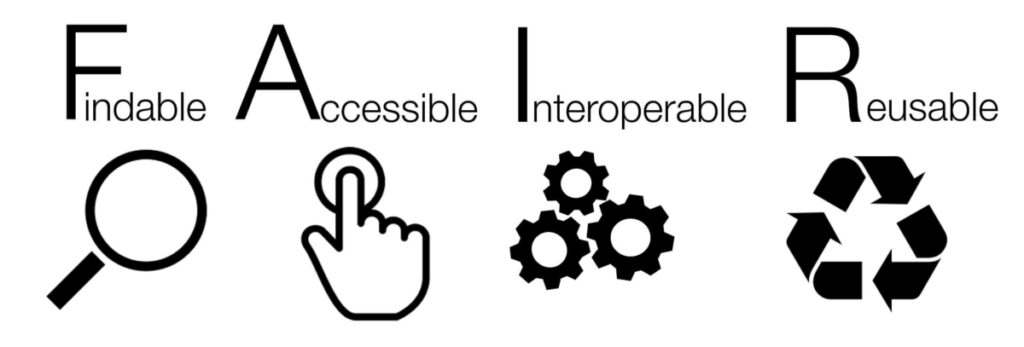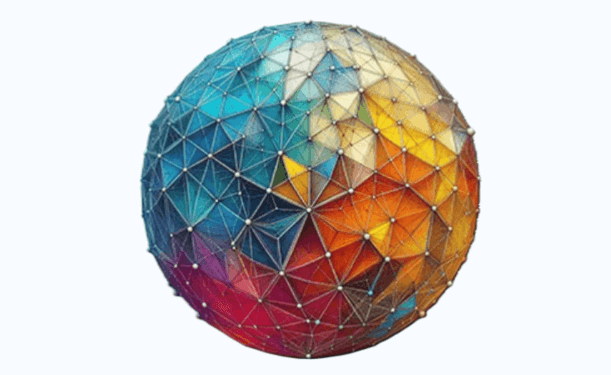The open access mathematical corpus is fragmented, and much of the content is difficult to access on the web. It is therefore not always easy for researchers browsing the web to access the PDF version of the article they need, either because the article is not available anywhere in open access, or because the search engines can’t find it. The “F” in the FAIR Principles (Findable, Accessible, Interoperable and Reusable) is therefore far from the case when it comes to mathematical publications.

To remedy this, Mathdoc is developing the Geodesic project, which aims to provide the mathematician with the shortest route to the open-access article. In geometry, the term “geodesic” refers to the shortest path or paths from one point to another. More specifically, the objective is to develop a platform that identifies, organises and provides PDF versions of an extensive mathematical corpus in open access.
The aim is to aggregate documents from repositories with proven reliability and quality and identify new sources of publications. For this project, Mathdoc draws on its extensive experience in acquiring, organising and enhancing of metadata for open access mathematical publications. It gained this experience through previous projects creating digital libraries such as Linum for books and MiniDML and MDML for articles.
This programme won the second call for projects of the French National Fund for Open Science (FNSO2). Two full-time staff have been assigned to the project:
- a documentalist responsible for making an inventory of the sources, starting harvesting, ensuring quality control of aggregated collections and correcting and enriching metadata;
- an IT developer in charge of developing a full-stack application, ensuring corrective and scalable maintenance, harmonising formats and generating an interface compatible with the overall system.
See the documents produced by Mathdoc about Digital Mathematical Libraries





